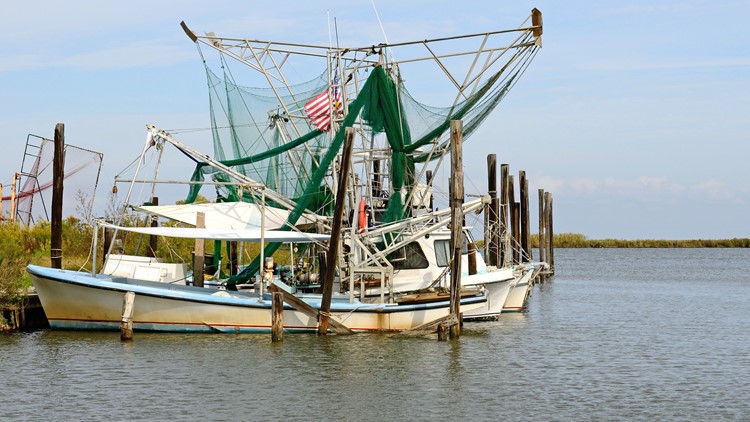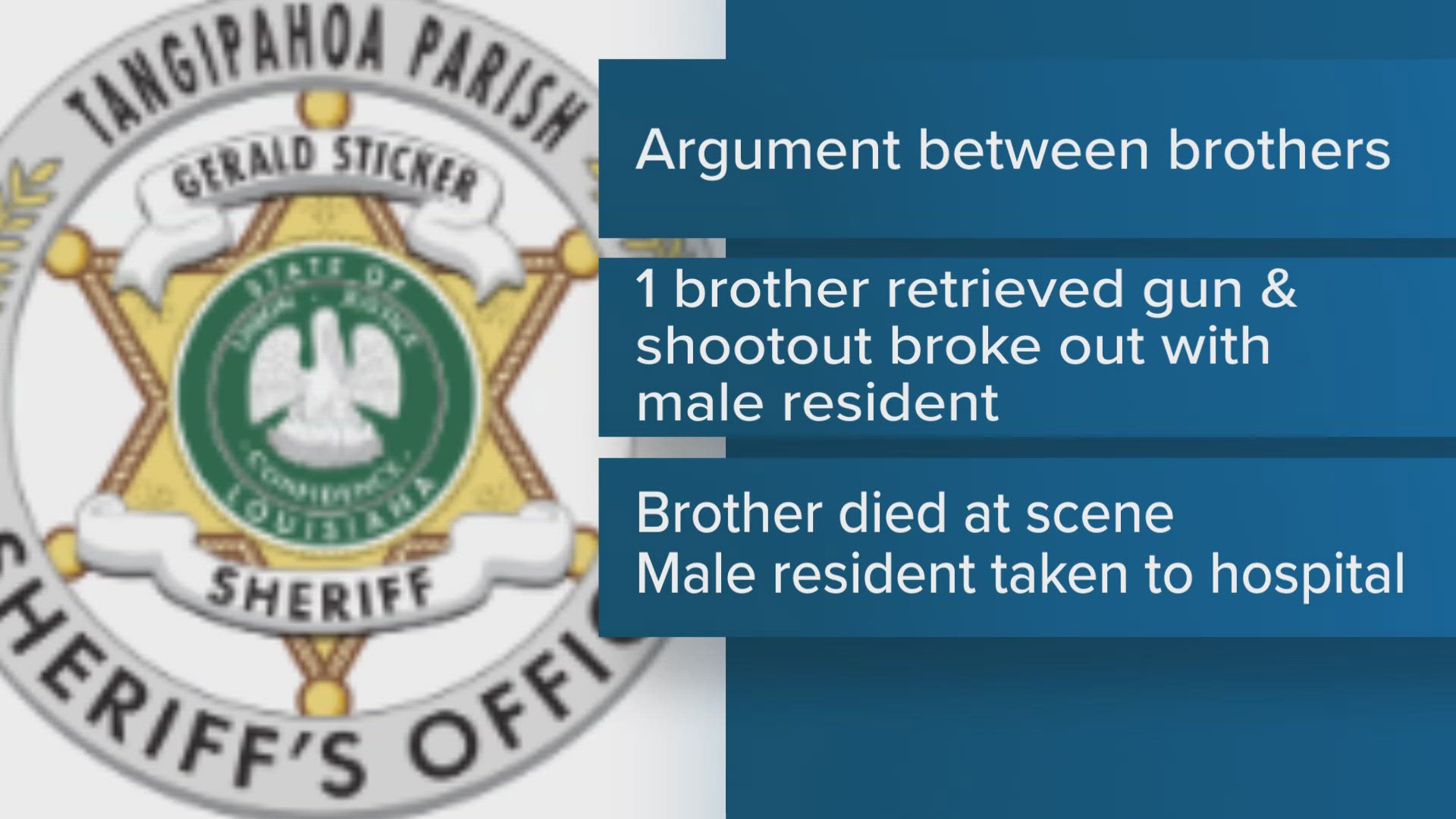NEW ORLEANS (AP) — A recently created interactive map lets people know if pollution has made a Louisiana waterway unsafe for swimming, and tells anglers whether it's safe to eat their catch.
The map shows 58 lakes, bayous and other waterways where contaminated fish have been caught, the bottom is too polluted for safe swimming, or both. Most restrict fish or shellfish eating; two also warn against swimming. Two others warn only against swimming.
The largest advisory covers all state waters in the Gulf of Mexico — nearly 1,200 square miles (3108 sq. kilometers).
Clicking on a fish-and-fish-hook icon brings up the advisory. Zoom in and larger bodies of water in affected areas show up in dark blue. Those areas also are clickable, but are approximations — adjacent areas of dark and light blue aren't boundaries, Department of Environmental Quality scientist Al Hindrichs said in an email Friday.
"Be sure to read the details," he said Wednesday in a telephone interview from Baton Rouge. That's because recommendations depend on what's been found in fish from a given area and how much of it there was, so they vary widely from place to place.
For instance, the state says nobody should eat any fish from Capitol Lake in Baton Rouge, while in the Upper Calcasieu Estuary, only crab fat is on the do-not-eat list. For 83 miles along the Tensas River, the advisory states only, "Long-term fish consumption may cause health risk."
The Gulf advisory is complicated. Most people are advised against eating more than a total of four 8-ounce servings a month of fish caught in state waters, except for king mackerel. People should eat no more than two meals a month of king mackerel — and only then if the fish is less than 39 inches long. Women of childbearing age and children below age 7 should not eat any king mackerel and no more than one meal a month of cobia, blackfin tuna, and greater amberjack.
In advisory language, "one meal" means 8 ounces.
The advisories also describe which chemical, heavy metal or other substance causes the problem.
At Capitol Lake, it's the manmade chemicals called PCBs . In the Calcasieu and Cameron parish estuary, PCBs, dioxins and furans have been found in crab fat. Along the Tensas River in Madison, Tensas and Catahoula parishes, the now banned pesticides DDT and toxaphene are the contaminants.
Those are actually exceptions of a sort: nine advisories are for organic compounds of one type or another, while the other 49, including the Gulf waters, are for mercury, Hindrichs said.
The Gulf advisory is most likely because the fish are "highly predatory," not because there's more mercury in the ocean, Hindrichs said in an email.
He said that although some mercury may have gotten into other waterways — including parts of the Ouachita basin — from old oil and gas meters, in most areas it all has come out of the atmosphere. If conditions are right for it to change from elemental mercury into the highly toxic organic compound called methylmercury , it can then easily work its way up the food chain, he said.
Each advisory is the result the state departments of environmental quality, health, and wildlife and fisheries working together.
Hindrichs said the map went up in December, and Sibley Lake, the reservoir for Natchitoches, was removed from it in early January, after enough fish samples proved clean of PCBs.
Most advisories suggest limits of anywhere from 8 ounces a week to six 8-ounce servings a year. Recommendations can depend on where a species is on the food chain, since fish that eat other fish take in the mercury they've eaten.
The advisories for Bayou Bonfouca in St. Tammany Parish and Bayou Olsen at Lake Charles tell people only to avoid swimming or contact with sediment.
Two others — one for Devil's Swamp, Devil's Swamp Lake and Bayou Baton Rouge, and one for Bayou d'Inde and parts of the Calcasieu Ship Channel — advise against both eating fish and swimming or touching sediments.
"Do not eat fish or crawfish from this area," reads the advisory for Devil's Swamp and related areas. The fish advisory is for PCBs and mercury; the swimming one is for mercury, lead, arsenic, benzene and butadiene.



